Connecting the Dots: The Power of Relational Learning in Shaping Tomorrow's Minds
A Principal's Reflections
DECEMBER 17, 2023
In the ever-evolving personalized landscape , relational learning emerges as a fundamental component. At its core, it underscores the importance of building connections between concepts fostering a deep and interconnected understanding of subjects. However, the significance of relational learning extends beyond the academic realm, as it emphasizes cultivating relationships among students and educators centered on trust.

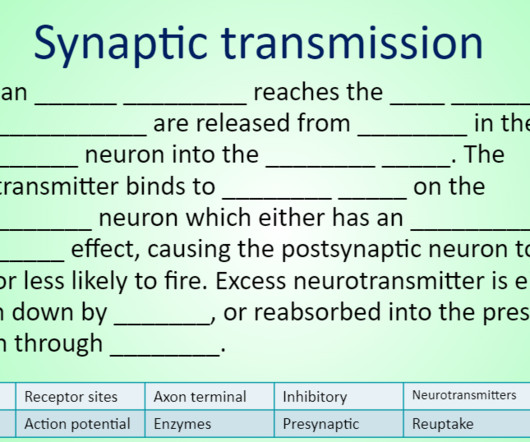
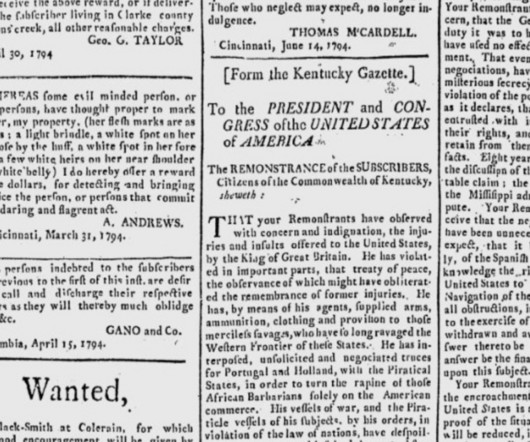
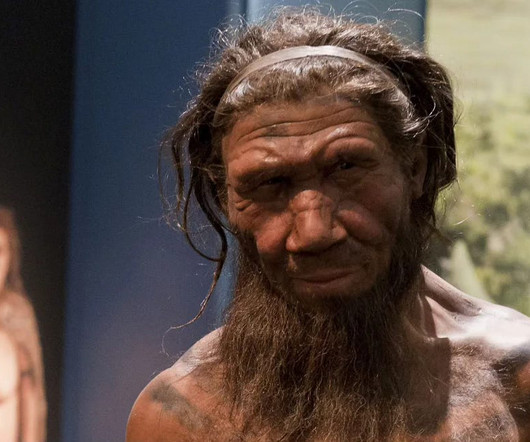




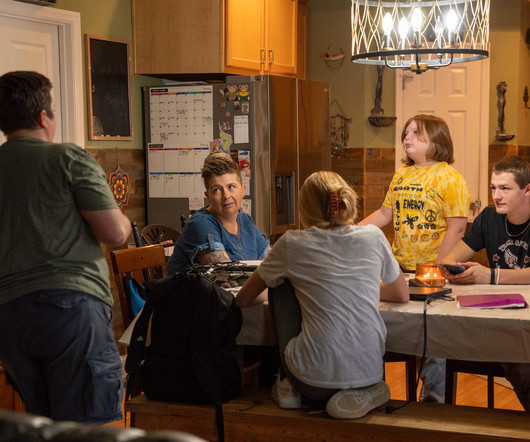
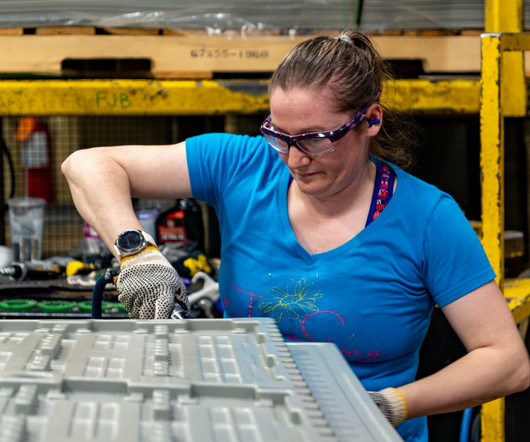






Let's personalize your content